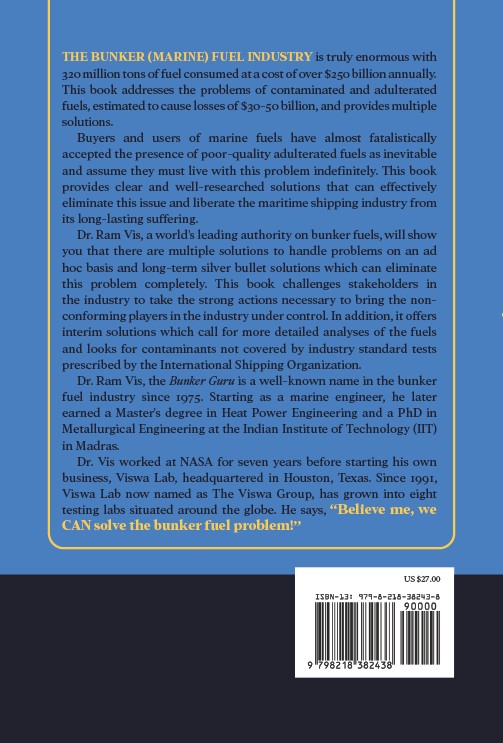
- Severe fog halted vessel navigation for 14 days, cutting channel availability by 29%.
- Containerized cargo dropped 13%, with imports down 14% and exports down 16%.
- General cargo rose 9%, while steel imports fell 13% but remained 1% higher YTD.
- Channel expansions boost efficiency, adding nearly two hours of sailing time.
Severe fog disrupted maritime operations at Port Houston in February, significantly affecting vessel navigation and cargo movement. The Houston Ship Channel faced 14 days of restricted visibility, causing major delays and reducing the availability of the channel by 29%, a sharp contrast to just 2.5% during the same period last year. As a result, the Bayport and Barbours Cut Container Terminals handled 20 fewer vessels than in February 202, according to Port Houston.
Steel imports saw a 13% decline year-over-year, though year-to-date volumes remain 1% higher than last year. Meanwhile, general cargo grew by 9% due to strong lumber and plywood shipments. Total tonnage at Port Houston’s public terminals fell 5% year-to-date through February.
The port handled 325,424 TEUs in February, a 13% decline from the previous year, with loaded imports dropping 14% and loaded exports down 16%.
Charlie Jenkins, CEO of Port Houston, acknowledged the impact of adverse weather conditions, stating:
“Weather challenges can be great disruptors for maritime operations, and in February we were hit hard. As with any challenge, we adjust and move forward. Our investment in infrastructure at the public terminals and improvements to the Houston Ship Channel remain on track, and we are already seeing a cargo rebound in March. The Port Houston team is ready to do our part to get the cargo through our terminals efficiently and on to its next destination.”
Houston Ship Channel Expansion Supports Long-Term Growth
As part of ongoing improvements, the Houston Pilots have made adjustments to the daylight restriction reference point, shifting it from Redfish to Bayport Ship Channel segments. This change has expanded the sailing window for daylight-restricted vessels by 30 minutes, further enhancing navigational efficiency. Since the launch of Project 11, overall sailing time has increased by nearly two hours, improving the flow of commerce through the port.
Charlie Jenkins reinforced the port’s commitment to long-term growth, stating:
“Port Houston is focused on the long game. While short-term factors may influence volumes temporarily, our commitment to growth, efficiency, and exceptional customer service remains steadfast.”
Despite the temporary impact of fog-related delays, ongoing investments in infrastructure and channel expansion are expected to enhance cargo movement and support continued growth at Port Houston.
Did you subscribe to our daily Newsletter?
It’s Free Click here to Subscribe!
Source: Port Houston























